It depends on whether the motor is being controlled or not.
Assuming it is not being controlled at a constant speed, then really the same thing happens in all three cases.
As the load is increased, the motor will slow down, and the torque will increase. Current into the motor will also increase.
If the load is increased above the maximum, the motor may overheat after a while. If the load is increased far above the maximum, then the motor may stall and/or trip a circuit breaker due to high current.
Motors with electronic control can maintain constant speed even when the load varies.
Efficient induction motors running directly from utility power can typically produce much more torque than the full load torque. But they will also consume high current in the process. The peak torque occurs at relatively high speed for efficient motors.
Certain applications use less efficient induction motors which are designed to have maximum torque occur at stall speed. I guess these work better for applications where the load changes rapidly and violently (such as rock crushers and punch presses). The more you slow it down the harder it fights back, and it never gives up even when it is stopped.
The more efficient motors will give more and more torque as you load them up but at some point they reach peak torque, and once you slow the motor down below that speed, it gets easier and easier to resist the motor and make it stop altogether. Stall current is still very high even though no work is being done. Best not to stall this type of motor.
